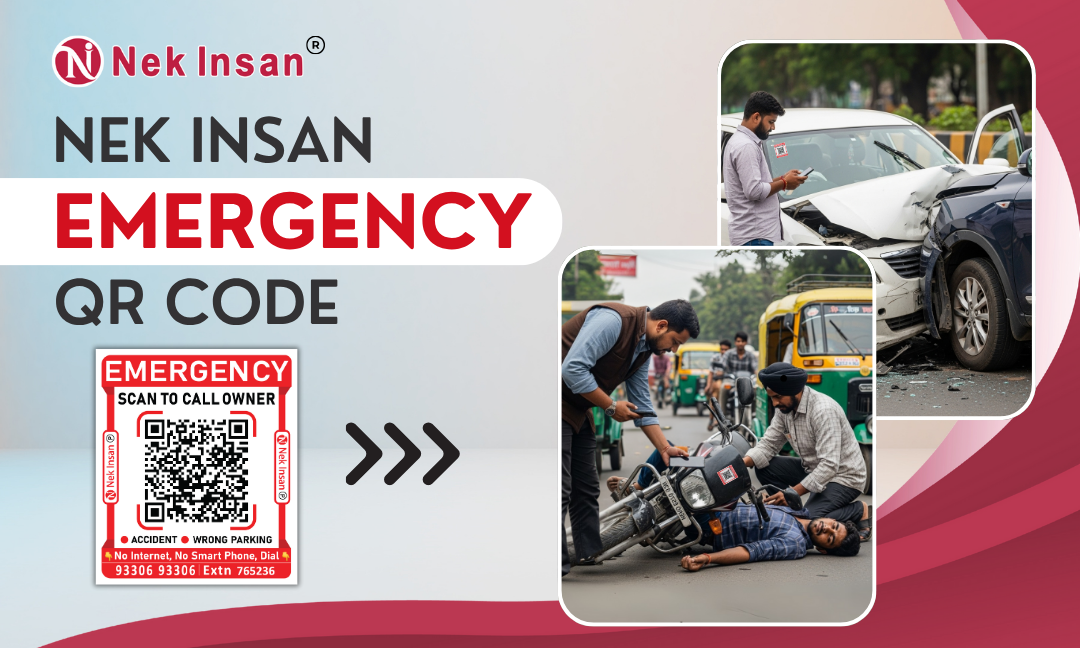Things to keep in mind while purchasing new Car
Views: 195 | Updated: 2 months, 3 weeks ago
Before driving a new car out of the showroom, it's crucial to perform a thorough pre-delivery inspection (PDI) to ensure you're receiving a flawless vehicle.
Here's a comprehensive list of things to keep in mind to ensure you make the right choice:
1. Define Your Needs and Usage:
- Purpose: What will you primarily use the car for? (Daily commute, family trips, off-roading, etc.)
- Passengers: How many people do you typically need to carry?
- Cargo: How much luggage or cargo space do you require?
- Driving Conditions: Where will you mostly be driving? (City, highway, rough roads)
- Fuel Efficiency: How important is fuel economy to you?
- Parking: Consider the size of your parking space.
2. Set a Realistic Budget:
- Total Cost: Don't just focus on the ex-showroom price. Factor in registration, insurance, taxes, and handling charges.
- Monthly Expenses: Consider fuel costs, insurance premiums, maintenance, and potential loan EMIs. A common rule is to keep total car expenses under 25% of your monthly income.
- Financing: Explore loan options from different banks and NBFCs. Compare interest rates and terms. Get pre-approved for a loan before visiting dealerships to understand your buying power and potentially negotiate better.
- Down Payment: Determine how much you can put down. A larger down payment reduces your loan amount and interest.
3. Research and Compare:
- Car Types: Explore different body types (hatchback, sedan, SUV, MPV) and choose one that suits your needs.
- Models and Variants: Shortlist a few models within your budget and compare their features, specifications, and safety ratings.
- Fuel Type: Decide between petrol, diesel, CNG, or electric based on your usage and environmental concerns. Consider the long-term running costs.
- Features: List must-have and nice-to-have features (safety, comfort, convenience, technology).
- Safety: Prioritize safety features like airbags, ABS, EBD, ESP, and consider the car's crash test ratings.
- Reviews and Ratings: Read online reviews from owners and expert opinions to understand the car's performance, reliability, and ownership experience.
4. Consider Ownership Costs:
- Fuel Efficiency: Check the ARAI-certified mileage and real-world fuel consumption.
- Maintenance: Research the service intervals, cost of spare parts, and the manufacturer's service network.
- Insurance: Compare insurance quotes from different providers. Consider add-ons like zero depreciation and roadside assistance.
- Resale Value: Research the potential resale value of the car if you plan to upgrade in the future. Popular and reliable brands often have better resale value.
5. The Test Drive is Crucial:
- Experience: Test drive the shortlisted cars to assess comfort, handling, visibility, and overall driving experience.
- Performance: Check the engine's responsiveness, acceleration, braking, and gear shifting.
- Features: Ensure all the features you need are functioning correctly.
- NVH Levels: Pay attention to noise, vibration, and harshness levels inside the cabin.
6. Negotiate the Price:
- Manufacturer's Suggested Retail Price (MSRP): Be aware of the MSRP, but aim for a better deal.
- Dealer Discounts: Inquire about available discounts, offers, and incentives.
- Hidden Costs: Be wary of unexpected charges and negotiate the final on-road price.
- Don't Show Your Enthusiasm: Avoid revealing your strong preference for a particular car early on.
- Be Prepared to Walk Away: Don't feel pressured to make a decision if you're not comfortable with the deal.
7. Check Documentation and Warranty:
- Vehicle Identification Number (VIN): Ensure the VIN on the car matches the documents.
- Registration Certificate (RC): Verify the details and ensure it will be registered in your name.
- Insurance Papers: Check the policy details and ensure it's valid.
- Warranty: Understand the warranty terms and conditions, including what's covered and the duration. Consider extended warranty options.
- Owner's Manual: Make sure you receive the owner's manual and service booklet.
8. Pre-Delivery Inspection (PDI):
- Exterior: Check for scratches, dents, paint imperfections, and proper alignment of body panels.
- Interior: Inspect upholstery, dashboard, controls, and ensure all features are working.
- Engine Bay: Check fluid levels (oil, coolant, brake fluid, washer fluid) and look for leaks.
- Electricals: Test all lights, indicators, wipers, horn, and infotainment system.
- Tires: Check tire condition, tread depth, and ensure the spare tire and tools are present.
- Odometer: Verify the odometer reading is within the expected range for a new car (usually under 100-150 km).
9. Final Checks Before Taking Delivery:
- Matching Documents: Ensure all details on the invoice, registration, and insurance match the car's VIN and your information.
- Accessories: Verify that all agreed-upon accessories are installed.
- Fuel: Check the fuel level. Dealers usually provide a small amount of complimentary fuel.
10. Post-Purchase:
- Insurance: Ensure your car insurance is active.
- Servicing: Adhere to the recommended service schedule.
- Read the Manual: Familiarize yourself with the car's features and maintenance guidelines.
By keeping these points in mind, you can navigate the process of buying a new car with confidence and make a well-informed decision that suits your needs and budget.


